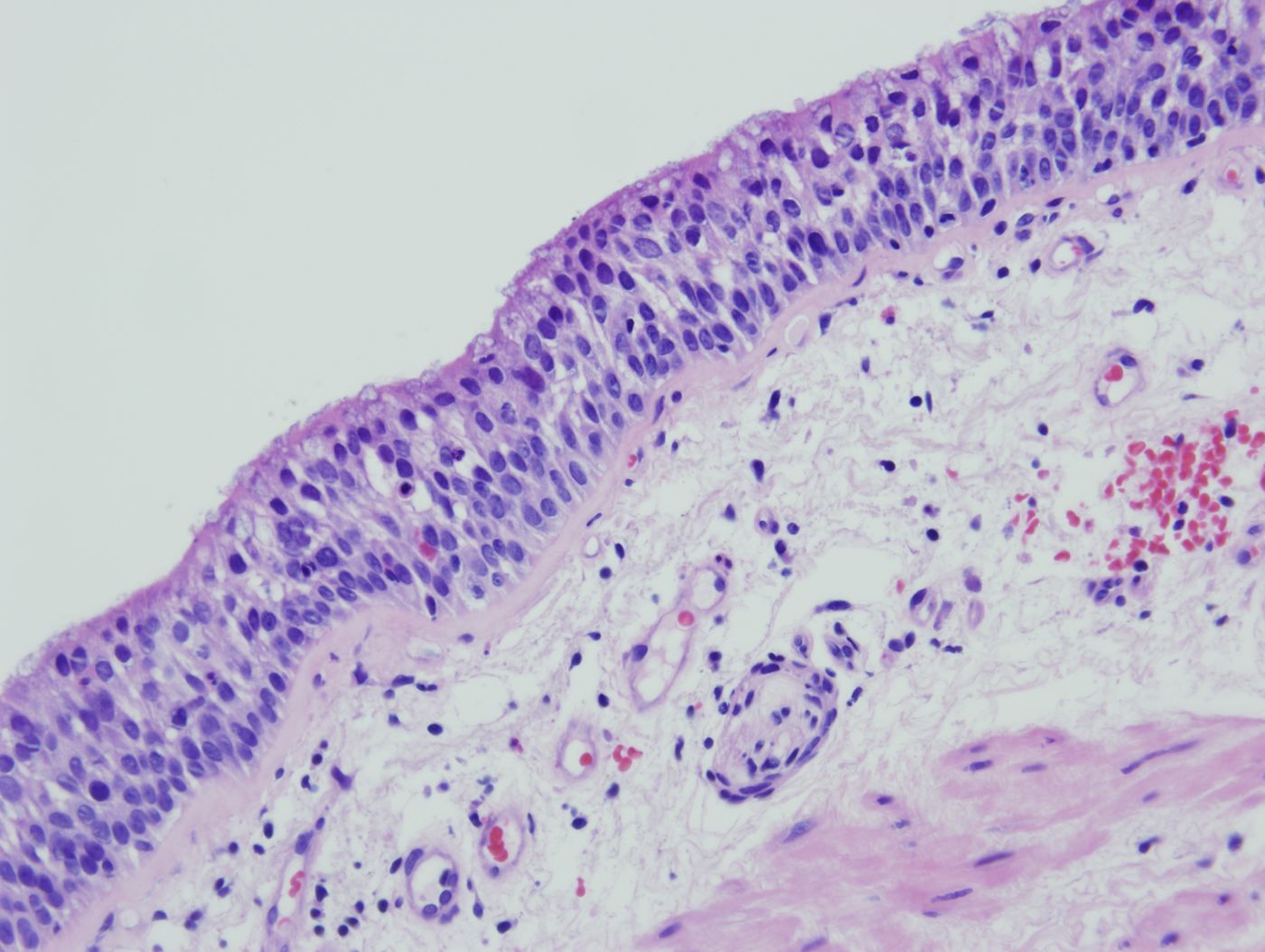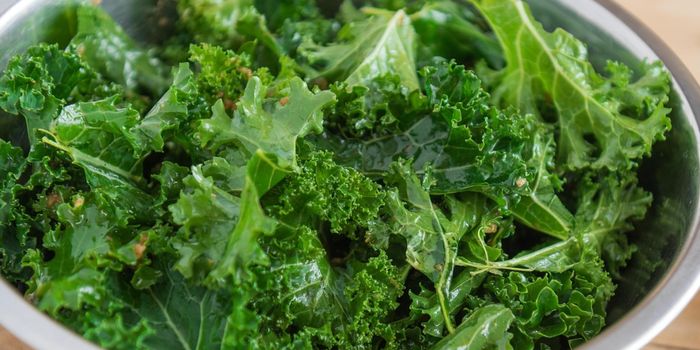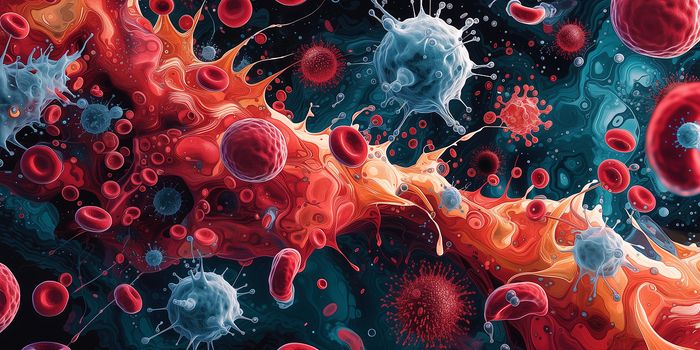Cancer biologists have a surprising but wholly vested ally in the National Aeronautics and Space Administration (NASA). The partnership began 15 years ago and has recently been renewed for continued collaboration between the Jet Propulsion Laboratory and the National Cancer Institute (NCI) until 2021.

How did this unlikely friendship start? As it turns out, both NASA and cancer researchers deal with mass quantities of data that may be managed or mined with the same computer algorithms. For NASA, the raw data are often in the form of measurements from cameras, spectrometers, and other sensors. For cancer biologists, the data are often physical measurements of metabolites, proteins, and other biomarkers. The same tool, then, that allows physicists to study a star, planet, or any celestial system could be applied to biology, helping researchers hone in cancer systems.
"From a NASA standpoint, there are significant opportunities to develop new data science capabilities that can support both the mission of exploring space and cancer research using common methodological approaches," said Dan Crichton who heads JPL's Center for Data Science and Technology. "We have a great opportunity to perfect those techniques and grow JPL's data science technologies, while serving our nation.
The partnership has resulted in six chemicals and genetic biomarkers that were FDA-approved for use in cancer research and diagnosis worldwide. An additional nine biomarkers are approved for use in clinical labs in the US.
Next, the collaborators hope to apply image-recognition software used to spot star clusters and other celestial bodies to improve cancer discoveries. In particular, this software could help archive images of cancer specimen from the EDRN. Then, the images can be analyzed for early signs of cancer based on a patient's age, ethnic background, and other demographics.
"As we develop more automated methods for detecting and classifying features in images, we see great opportunities for enhancing data discovery," said Crichton. "We have examples where algorithms for detection of features in astronomy images have been transferred to biology and vice-versa."
Additional source:
NASA,
Nature World News,
Space.com









